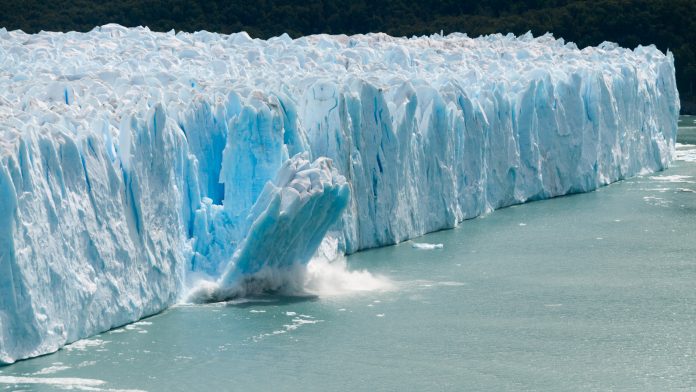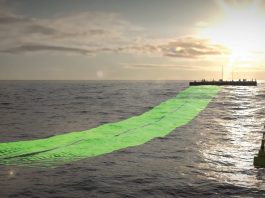The Swiss National Science Foundation have developed a new method of conducting the seismic monitoring of glaciers using optical fibres.
Glaciers are constantly moving, and they therefore need monitoring to improving our understanding of their development and to predict their risks. Now, researchers use satellite images to learn more about the development of glaciers.
By listening to glaciers from inside, seismology allows scientists to understand their movements with greater accuracy. However, because seismometers are difficult to install in glacial areas, seismic monitoring coverage of glaciers is minimal.
In a recent study, Fabian Walter, Swiss National Science Foundation professor at ETH Zurich, demonstrated that it is also possible to monitor glaciers using optical fibres. Not only are the fibres easier to install than seismometers, they also offer more measuring points. They thus represent a way of extending seismic monitoring coverage in areas that are difficult to access.
Extending the reach of seismic monitoring
The results of Walter’s study was recently published in the journal Nature Communications. His study took place at an altitude of 2,500 metres on the Rhone Glacier in the extreme north-east of the canton of Valais.
For five days during March 2019, two teams led by Fabian Walter and Andreas Fichtner, a specialist in seismology and wave physics at ETH Zurich, recorded micro-earthquakes using a one kilometre fibre optic cable installed a few centimetres within the snow cover on the glacier surface.
Distributed acoustic sensing was used to record disturbances in the optical signal – the result of seismic events within the glacier – at regular intervals of several metres along the cable. The recordings were converted into seismograms.
Walter states that having a much larger number of sensors across the same monitoring area meant that the data obtained in the study contained more information than those from seismometers, particularly as regards localising rockfalls and icequakes.
The cable used in this study delivered a better understanding of the movements by which the glacier moves. The jerking movements discovered in this study are known to occur in the ice sheets of Greenland and the Antarctic, but this was the first time their existence was verified in the Alps.
Getting to the core of glacier monitoring
Optical fibres are currently being used to monitor earthquakes in certain settings, however icequake specialist Walter is one of the first scientists to work with this technology on glaciers.
“There are other teams already working on the subject – in Alaska, for example – because fibre optic technology offers benefits in this type of challenging environment,” explains the researcher, who conducted his study in partnership with the Swiss Seismological Service at ETH Zurich. “Whereas it often takes several hours to install a seismological station capable of covering only a tiny part of a glacier, all we have to do now is lay out the cable and we have hundreds of sensors. In theory, the technology enables us to cover and monitor entire glaciers.”
The fibre optic cable used in this study also yields additional information, such as details of the composition of the ice. It also enables scientists to measure ice deformation rates and understand the process by which crevasses form.









